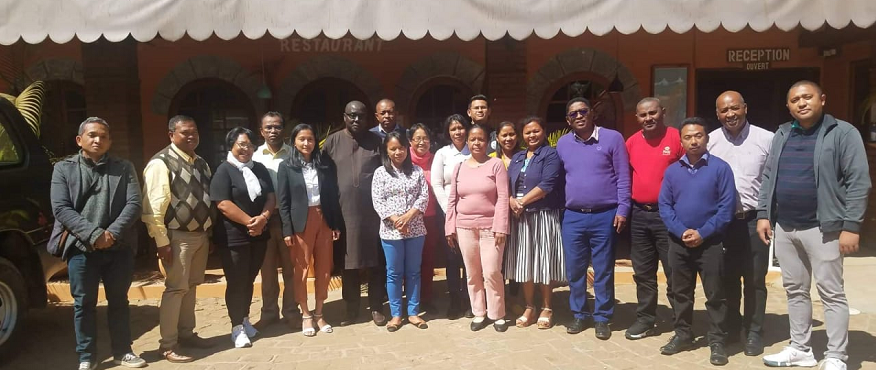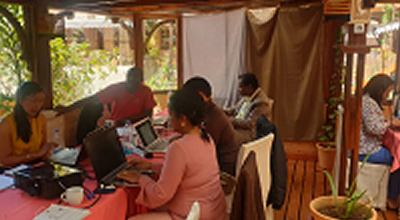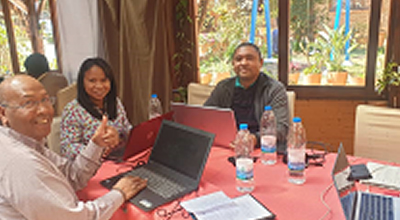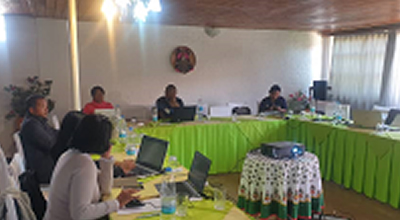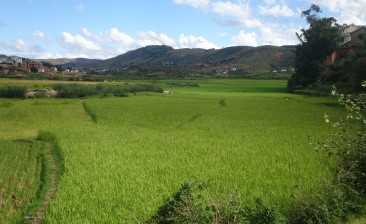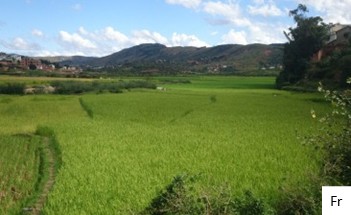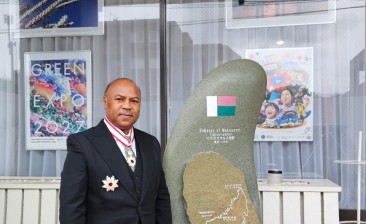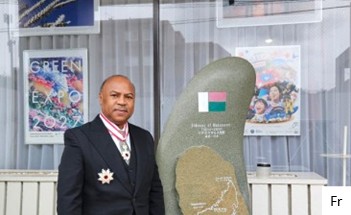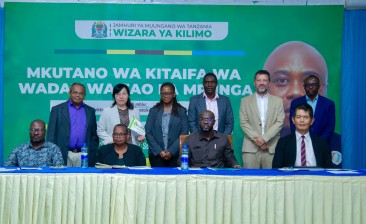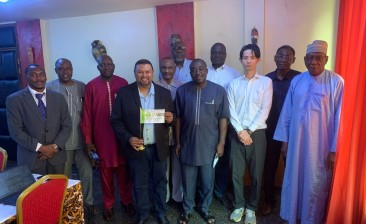Madagascar, September 2022
Working week on the revision of the NRDS II in Madagascar
Background
Rice, as main food crop, occupies a prominent place in the Malagasy agricultural sector. It is one of the strategic products for the socio-economic development of the country. For a significant and continuous development of the rice sector, Madagascar has chosen to develop and implement a National Rice Development Strategy (NRDS). Currently, the country is implementing the second NRDS developed in 2017 for five years.
Given the evolution of the contexts marked mainly by climate change, the increase in the Malagasy population, the socio-economic crises at the international level which could disrupt the food and economic situation of Madagascar and the new objectives of CARD phase II, updating the NRDS-II became more than essential.
In this regard, the NRDS-II revision process started in 2021. After the consultation stages with rice stakeholders in January 2021, followed by meetings in May and June 2022 (National Conference on Food Self-Sufficiency), a working week for the consolidation and refinement of the resolutions was organized during the period from 12 to 16 September 2022. The objective of the working week was to develop the draft of the new version of the NRDS, which will have to take into account the new context, the new orientations and especially the horizon of the CARD phase 2.
Methodology and Opening Ceremony
Chaired by the General Director of Agriculture, this workshop saw the participation of the main actors of the segments of the rice value chain such as experts from the Ministry of Agriculture and Livestock, the NGO and representatives of farmers’ organizations in Madagascar. The workshop was divided into two parts: a plenary session and a group session. The plenary session consisted of (1) the opening ceremony, (2) sharing of background information such as data collection and analysis from the various meetings, (3) explanation of the NRDS guidelines and RICE approach, (4) presentation of the NRDS zero draft, and (5) explanation of the actions to be taken during the working week. The purpose of the group session was to determine realistic quantitative targets across the rice value chain (RVC) and especially to discuss the activities to be carried out, aligned with the RICE approach.
Key outputs/ Results
In term of the results, it should be noted that the participants discussed and adopted the objectives until 2030 as well as the actions to achieve them. The e objectives set by NRDS III, namely : (i) 6,000,000 tons of paddy in 2024, (ii) 8,800,000 tons in 2027 and (iii) 10,629,366 tons in 2030 require exceptional efforts to all the partners involved in achieving them. Indeed, actions to strengthen the technical and operational capacities of stakeholders, development of rice production sites (irrigation scheme and plots), mobilization of production factors (certified seeds, fertilizers, agricultural equipment), and reinforcement of the processing and marketing of production must be supported throughout its implementation.
With specific regard to the objective set for 2024, exceptional efforts must be made to scale up the technological package developed by PAPRIZ project at the level of all production poles. To this will be added the promotion of double cropping on half of the irrigated areas, the reduction of post-harvest losses and the provision of quality inputs. By doing so, growth gains will be observed in the production, which will increase from nearly 4.03 million tons of paddy in 2018 to 6 million tons in 2024.
The objectives of the strategy will be achieved in three (3) phases:
The first phase 2022-2024: It consists of accelerating the pace in order to overcome the challenges of productivity and the competitiveness of local rice. In accordance with the country’s objective, it will be a question of reaching 5.3 million tons of paddy in 2023 and 6 million tons in 2024. During this phase, an area of 1,310,393 ha of irrigated rice field will be cultivated and 110,393 ha of new irrigated schemes will be developed. Added to this is the supply of: 5,650 tons of certified seeds and 81,899 tons of improved seeds as well as 85,140 tons of mineral fertilizers to be combined with organic fertilizer, for a real intensification of rice production. In addition, actions aimed at providing access to mechanized services and modern processing techniques will be promoted. A change in the approach to the financing of inputs will be carried out in order to ensure better interconnection of actors among the RVC.
The second phase 2025-2027: It corresponds to the phase of the consolidation of achievements. It aims to promote irrigated rice cultivation on an area of 1,481,000 ha. To do so, the following quantities of inputs will be required: 110,360 tons of improved seeds and 199,407 tons of chemical fertilizer. In 2027, a production of 7,986,000 tons is expected to cover the country’s rice needs at a rate of 147%. This corresponds to an additional production of 1,733,000 tons of white rice.
The third phase 2028-2030: It corresponds to the cruising speed phase. It aims for irrigated production over an area of 1,601,000 ha. For development, the following quantities of inputs will be required: 126,231 tons of improved seeds and 216,439 tons of chemical fertilizer. In 2030, a production of 10,629,366 tons is expected to cover the country’s rice needs at a rate of 179%. This corresponds to an additional production of 3,188,000 tons of paddy rice compared to that of the first phase.
Way forward
With these results, a timeline towards the finalization of the NRDS was also made. To finalize the new strategy, it is planned to set up a core working group to integrate the contributions of the different participants and also to exchange with a large group to finalize the draft and organize a validation workshop in December 2022.
